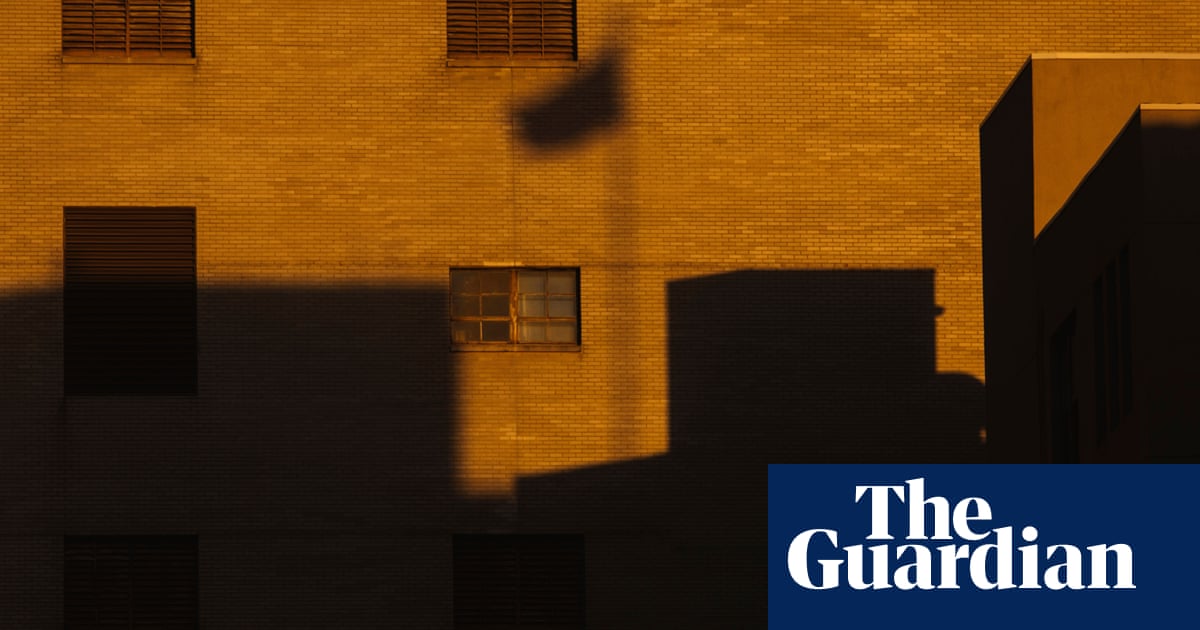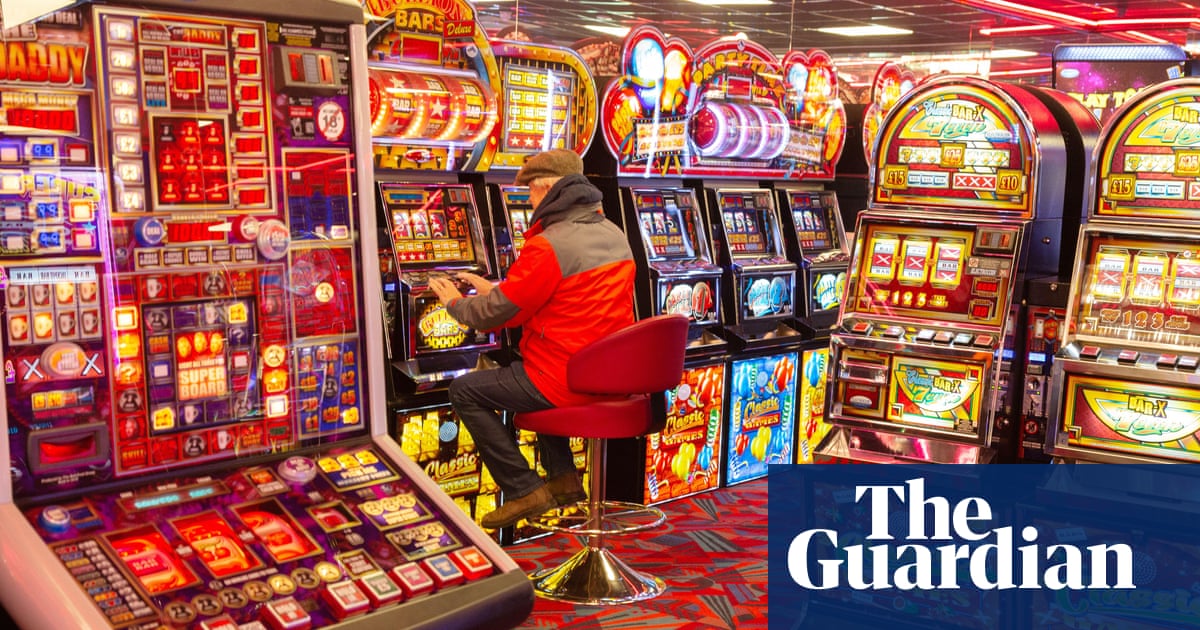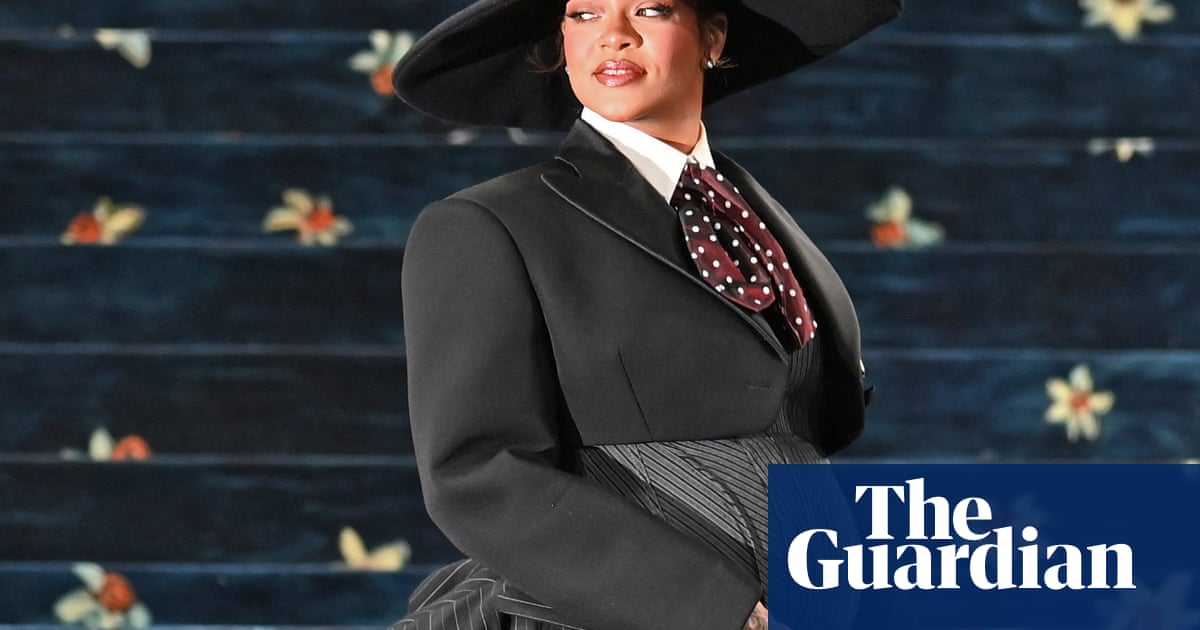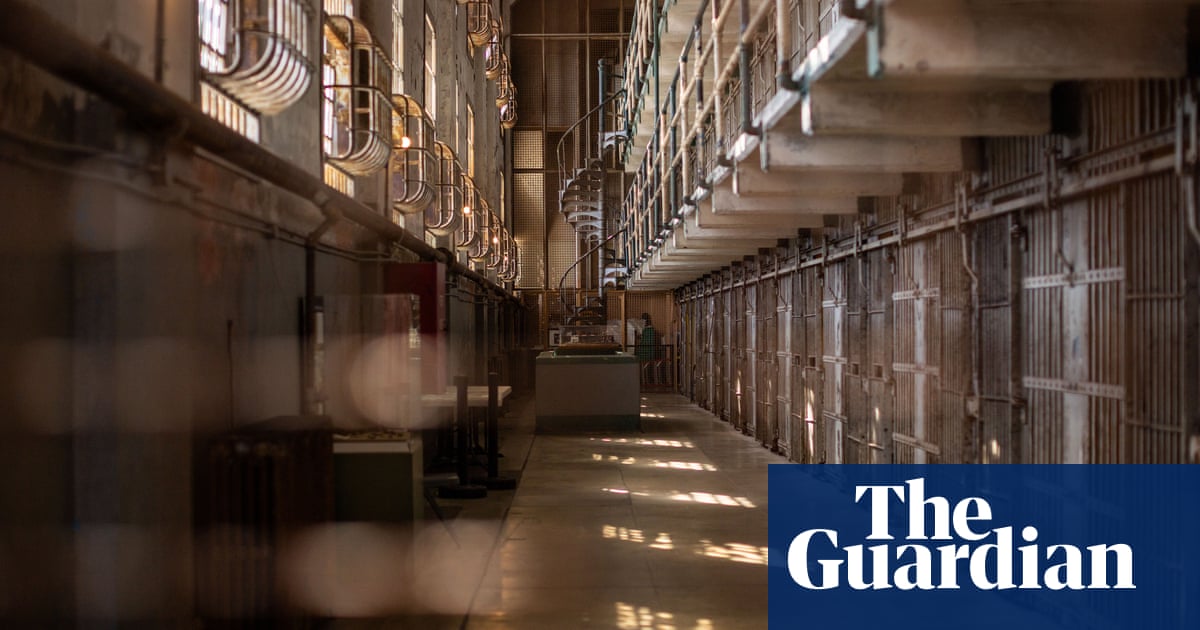It doesn’t take long for Paul Haggis’s Crash to end up on the shortest of shortlists for the worst film ever to win best picture at the Oscars, maybe the single worst in the color era since 1954’s Around the World in 80 Days. At the time, it was a dark-horse favorite to upset the widely acclaimed Brokeback Mountain, premiering a full year earlier at the Toronto film festival before riding an unexpected cultural wave to awards-season glory. Now 20 years later, it feels like a “you had to be there” moment that’s hard to explain, because the movie itself is so obviously rancid that it suggests few answers on its own. The job is probably better suited to cultural anthropologists than film critics.
Nonetheless, Haggis’s ensemble piece about racial animus in Los Angeles seems to have struck a chord with, well, the many Academy voters from Los Angeles who reside in that lumpy melting pot. Haggis was also capitalizing on the everything-is-connected trend in arthouse screenwriting, pulling off a clunkier version of the narrative engineering that brought films such as Paul Thomas Anderson’s Magnolia and Alejandro González Iñárritu’s Amores Perros to life. By linking a little over a day’s worth of incidents together, Haggis seized on the potentially powerful idea of racism as a viral scourge in the city, infecting everyone it touches. Instead it plays like a po-faced cover of the Avenue Q hit Everyone’s a Little Bit Racist.
The ham-handedness starts immediately, as Don Cheadle, playing a police detective who’s just gotten in a minor rear-ender with his partner (Jennifer Esposito), muses poetically about living in a city where everybody drives and nobody touches each other. “We’re always behind this metal and glass,” he says. “I think we miss that touch so much that we crash into each other just so we can feel something.” (Amusingly, that line could apply to the other Crash, by David Cronenberg, which is about love-starved characters who get off on collisions.) But Cheadle’s philosophizing runs against the blunt-force conflict that defines the film the moment he steps out of the car and the epithets start flying.
There’s one big, honking twist related to this opening scene, but Haggis and his co-writer, Robert Moresco, dial back the clock to over 24 hours earlier, when a larger cast of characters is getting in metaphorical crashes of their own. When two Black carjackers (Chris “Ludacris” Bridges and Larenz Tate) swipe an SUV outside a restaurant, its well-to-do white owners are thrown in crisis, with the wife (Sandra Bullock) looking askance at all people of color and her husband (Brendan Fraser), the district attorney, facing major political blowback as the news gets out. Meanwhile, a racist cop (Matt Dillon) opts to terrorize the Black couple in another SUV, forcing a TV director (Terrence Howard) to look on helplessly as the cop molests his wife (Thandiwe Newton) in a body search.
Haggis isn’t done turning the screws by a long shot. The racist cop has a partner (Ryan Phillippe) who’s enlightened enough to request a transfer, but not enlightened enough to avoid his own tragic confrontation later. After a buying a handgun from a white guy who calls him “Osama,” a Persian shop owner (Shaun Toub) considers using it on a Hispanic locksmith (Michael Peña) he blames for his business getting ransacked by Islamophobes. Then the cherry atop this gooey sundae is a Chinese man who gets run over by a car, but turns out to be a flawed victim, to put it mildly.
A herky-jerky pattern starts to emerge here, where Haggis keeps pulling the rug out on the audience, punishing us for our presumed narrow-mindedness. You think that cop is an irredeemable racist, eh? Well, what if he’s capable of risking his life to save the very woman he violated? Are you feeling good about his conscientious partner asking for a transfer? Well, what if he winds up shooting an unarmed Black man and covering up his crime? Disgusted by Sandra Bullock suspecting her Hispanic locksmith might be a gang member? Well, what if her Hispanic housekeeper is her best friend in the whole world?!
There’s some version of Crash that might have been more like Panic in the Streets, Elia Kazan’s great 1950 noir about a pneumonic plague that slip through the port of New Orleans and spreads around the city, creating a domino effect that threatens everyone it touches. Kazan’s film is an elastic allegory that could apply to the spread of foreign ideology or the dangers of mob mentality, but it works as a thriller first, with the themes spilling out more organically. Crash does the opposite: it has one big, fat theme and orchestrates every moment to serve it, like a grade-school essay that jams a few paragraphs of supporting evidence to support the thesis that is offered in the first graf and repeated in the last. There’s no room in there for how actual humans might behave.
With all of these subplots converging, the title Crash implies a multi-car collision, where one racist action leads to a cascading succession of tragic consequences, not unlike the single bullet that would create a butterfly effect in Iñárritu’s 2006 film Babel. But these stories only come together because Haggis bends them into a tidy little pretzel, bending time, space and fate like a malevolent god who reduces the population of Los Angeles to about a diverse dozen of angry, unlucky, occasionally redeemable souls. The ostensible message of Crash is agreeable – racism is, indeed, bad – but Haggis ends on the jokey, cynical note that racism is such an intractable problem that it’s fruitless to address. Another day brings another crash, and the cycle begins anew.
Want change? Forget it, Jake. It’s Chinatown.

 5 hours ago
8
5 hours ago
8













































